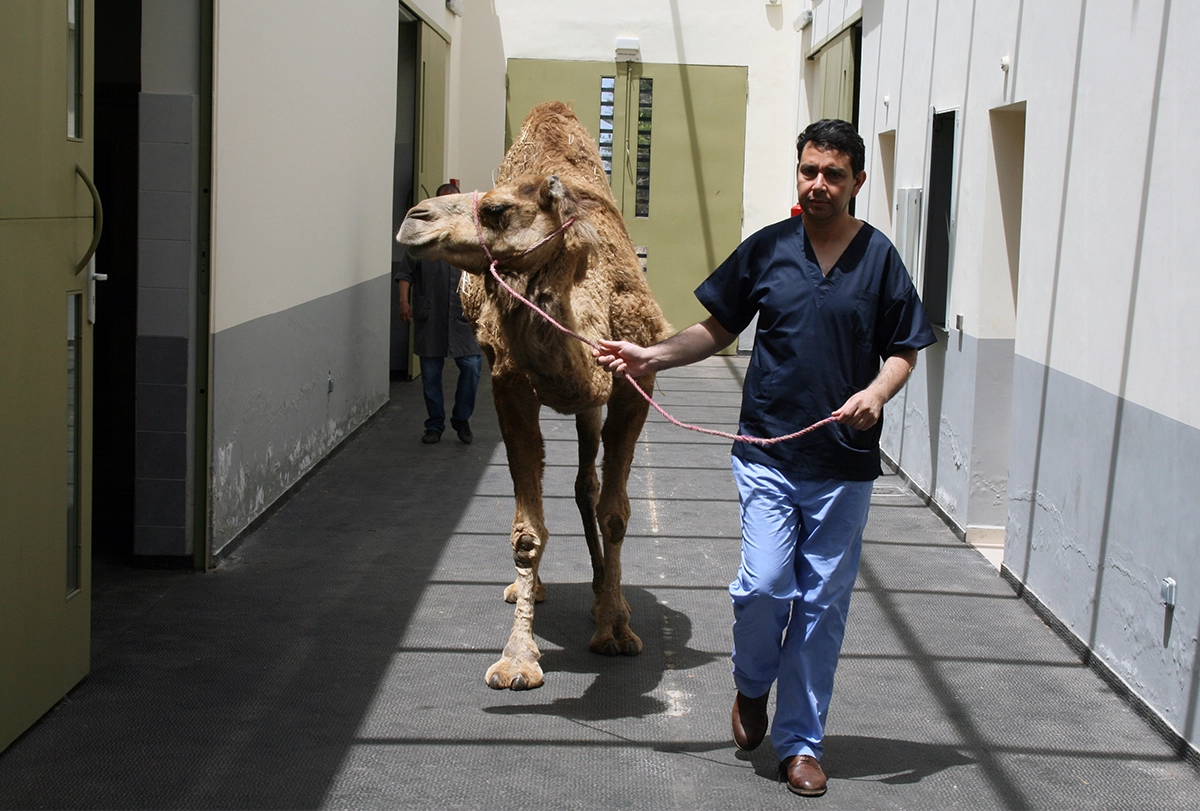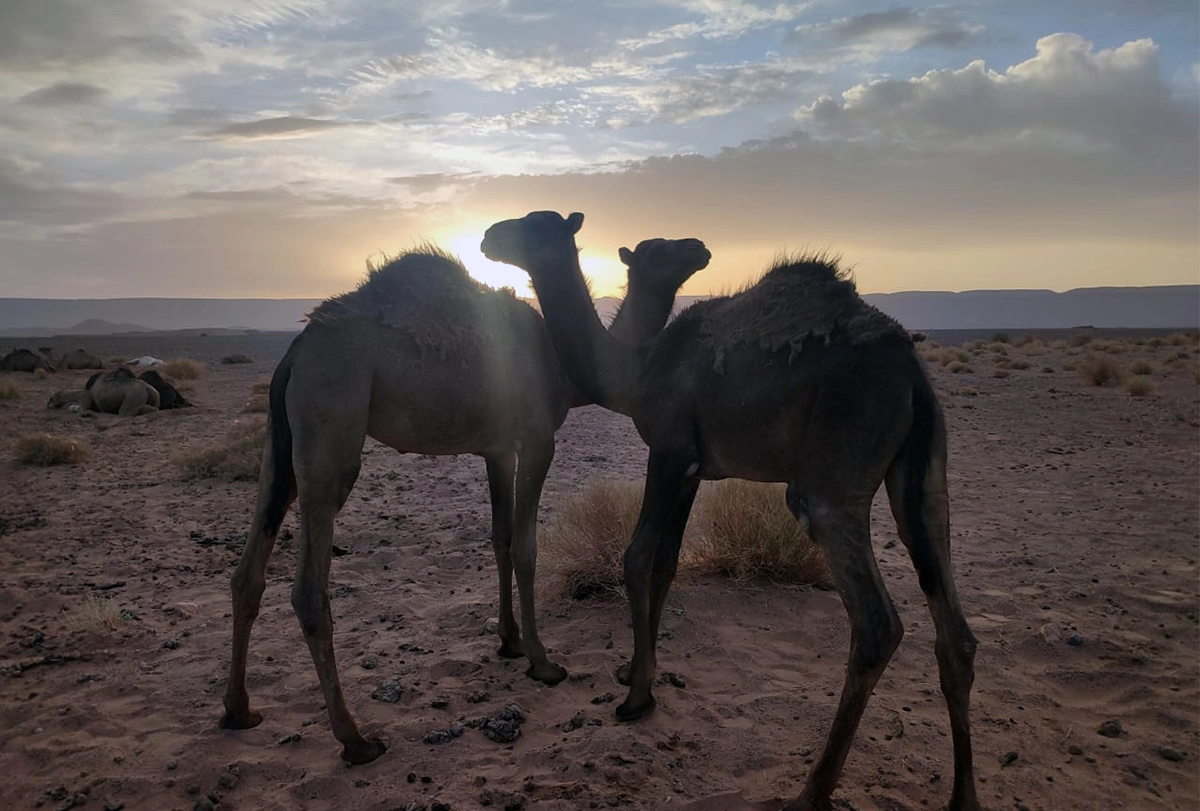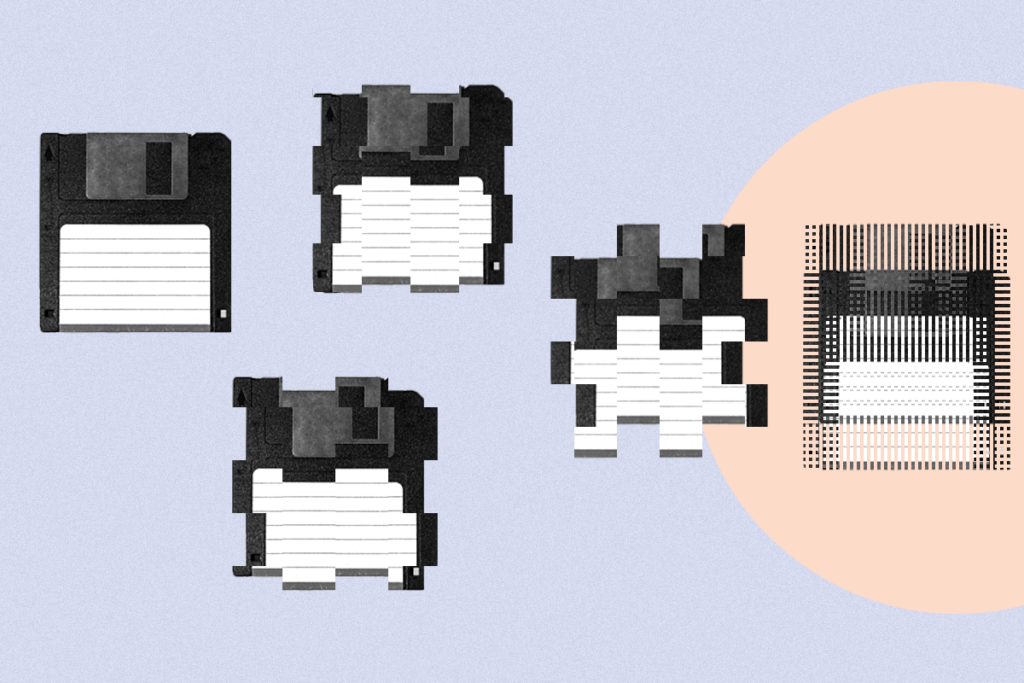When the desert heat rises, dehydrated dromedary camels—the one-humped variety found in North Africa and the Middle East—let their body temperature run wild: Their internal thermometer starts to fluctuate with the ambient temperature to help them retain water, one of many adaptations that equip them for life in an arid environment.
This adaptation is also serving neuroscientists who study circadian clocks, which are set by various external cues, or zeitgebers (literally, “time givers” in German). Light, long considered the most dominant zeitgeber, has received most of the field’s attention since the 1960s. But over the past decade, a growing number of studies have turned the spotlight onto yet another—temperature.
For desert camels and other animals in extreme environments, temperature might actually be a more important zeitgeber than light, says Khalid El Allali, associate professor of anatomy at the Hassan II Agronomy and Veterinary Institute in Morocco.
Mammals—including hydrated camels—use their metabolism to keep their body temperature within a set range that is synched with the natural light/dark cycle. But camels kept in constant darkness or constant light with scheduled temperature fluctuations start to entrain their body temperatures on those thermometer changes instead, El Allali and colleagues reported in a 2013 paper: Their body temperature rose as ambient temperature rose and vice versa, regardless of the lighting. And shifting the timing of the peak ambient temperature shifted their body temperature cycles to match, El Allali found.
Ambient temperature also helps wind two other clock outputs, locomotor activity and melatonin levels, El Allali and fellow researchers reported in the 2013 work and a 2020 follow-up study, which he then replicated in desert goats. And temperature may shape circadian cycles in the Damaraland mole rat as well, according to early results from a group of researchers in South Africa published in March.






